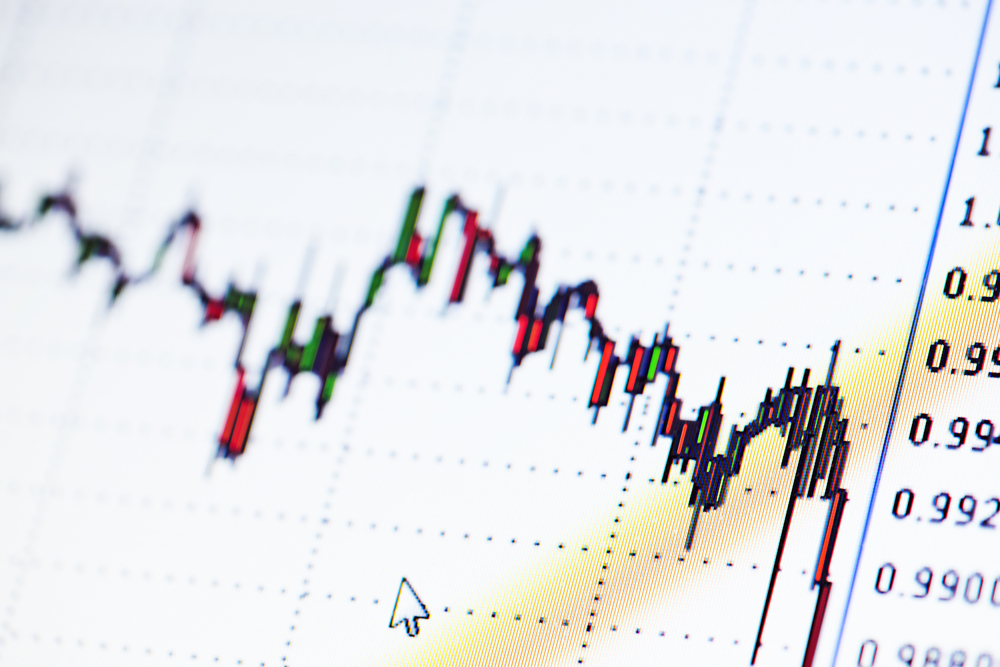Technical Indicators Giving Up on the Aussie Dollar

Please note that we are not authorised to provide any investment advice. The content on this page is for information purposes only.
The yen’s surge in recent days has captured the attention of investors and policymakers alike. It is indeed unsettling and seems to run counter to the economic logic negative interest rates, which the BOJ surprised the market with at the end of January.
The yen’s surge in recent days has captured the attention of investors and policymakers alike. It is indeed unsettling and seems to run counter to the economic logic negative interest rates, which the BOJ surprised the market with at the end of January.
Yet, if one thinks the market has gotten ahead of itself, perhaps picking a top in the yen may not be prudent. Entry levels are important but so is the stop. It is not clear where one should put a stop if trying to pick a bottom to dollar-yen. The dollar fell to new lows today near JPY108. Technically, we have identified potential toward JPY106.80-JPY107.00.
Instead, can we suggest looking for a top in the Australian dollar? The low for the year was set in mid-January (~$0.6830), before the other markets turned. The MSCI emerging market equity index bottomed on January 21. Brazil’s Bovespa, one of the leading equity markets this year recorded its lows on January 20. Many other markets–from oil to the S&P 500 turned February 11-12.
Between the mid-January low for the Australian dollar to the end of March, when it recorded its high (~$0.7725), the Australian dollar rallied 11.5%. Its rally coincided with a number of economic considerations, including the broad recovery in commodities, shifting expectations of Fed policy, negative interest rates in Japan, and more negative interest rates in Europe, and about a 25 bp rise in Australian bill rates, as expectations of a Q1 cut by the RBA faded.
The Australian dollar’s rally began before other markets, and it should not be unexpected that it peaks first. The technical condition of the Australian dollar is deteriorating.
First, met the 61.8% retracement objective of the slide since last May (that began near $0.8165). That retracement was found by $0.7650.
Second, there are bearish divergences with the RSI and MACDs. There technical indicators did not confirm the new high the Aussie set at the end of March. Both indicators are now trending lower.
Third, the Australian dollar is posting a potential outside down day. It has traded on both sides of yesterday’s range. A close below yesterday’s low (~$0.7533) would confirm it.
Fourth, over the next few sessions, the five-day moving average is likely to cross below the 20-day moving average for the first time since January 27.
The strength of the Australian dollar, coupled with some disappointing data, is already spurring some speculation that the Reserve Bank of Australia could cut rates to offset the tightening of financial conditions represented by the currency appreciation. The derivative market has about a one in three chance of a rate cut in May discounted. Disappointing data next week from the labor market could elevate such expectations.
Initial support is seen in the $0.7490-$0.7510 area. A break would signal another cent decline into the $0.7380 area, which corresponds to old highs form last October and November, and a 38.2% retracement of this year’s rally. Below there is the 50% retracement near $0.7275. If the Q1 16 rally was corrective in nature, a move back below $0.7170 is possible later in Q2.
Time to Pick a Top in the Australian Dollar? is republished with permission from Marc to Market




